Gehen: Ein einfaches und effektives Cardio-Training
Gehen: Ein einfaches und effektives Cardio-Training
Kann Gehen als Cardiotraining gelten? Diese Frage kommt Ihnen vielleicht in den Sinn, wenn Sie kein Fan von hochintensivem Training oder Spinning-Kursen sind. Obwohl intensive Aerobic-Übungen gut für unsere Gesundheit sind, können sie ermüdend sein und viel Zeit in Anspruch nehmen. Deshalb ziehen es viele Menschen vor, Gehen als Cardiotraining zu nutzen.

Das Gehen hat zahlreiche Vorteile, darunter die Möglichkeit, die Gesundheit der Gelenke zu verbessern, die Stimmung zu heben und die Knochengesundheit zu fördern. Darüber hinaus ist Gehen eine vielseitige Aktivität, die praktisch überall und ohne teure Ausrüstung durchgeführt werden kann.
Gehen ist eine Form von Herz-Kreislauf-Training, bietet aber möglicherweise nicht die gleichen gesundheitlichen Vorteile wie eine intensivere Aktivität wie Radfahren. Obwohl Gehen gut für Ihr Herz und Ihre allgemeine Gesundheit ist, kann es länger dauern und mehr Distanz erfordern, um die gleichen Fitnessvorteile wie ein intensiveres Training zu erzielen. Allerdings ist jede Menge Gehen besser als gar keins, also ist es immer noch eine großartige Möglichkeit, aktiv zu bleiben und Ihre Gesundheit zu verbessern.
IST GEHEN CARDIO?
Manchmal wird das Gehen als gute Möglichkeit für ein Cardiotraining vergessen, aber es zählt auf jeden Fall dazu.
Kardiovaskulartraining ist jede Aktivität, die Ihr Herz zum Pumpen bringt und Ihre Atmung beschleunigt, indem große Muskelgruppen beansprucht werden. Aerobic-Übungen umfassen Übungen mit geringer bis mittlerer Intensität, Sie müssen sich also nicht verausgaben, um ein gutes Kardiotraining zu absolvieren. Gehen ist beispielsweise eine großartige Möglichkeit, Ihren Puls zu erhöhen und Ihre kardiovaskuläre Fitness zu verbessern.
Wenn Sie Ihre Ausdauer verbessern und das Beste aus Ihren Spaziergängen herausholen möchten, sollten Sie in einem Tempo gehen, das Ihren Herzschlag richtig in Schwung bringt. Sie sollten ein Tempo finden, bei dem Sie etwas schwerer atmen, das Sie aber während des gesamten Spaziergangs durchhalten können.
WIE VIEL SOLLTEN SIE GEHEN?
Für eine gute Herzgesundheit empfiehlt das CDC, dass Erwachsene jede Woche mindestens 150 Minuten aerobe Aktivität mittlerer Intensität ausüben sollten. Die American Heart Association definiert moderate Bewegung als eine, bei der Ihre Herzfrequenz zwischen 50 und 70 % Ihrer maximalen Herzfrequenz bleibt. Dies kann durch 30 Minuten zügiges Gehen an fünf Tagen in der Woche erreicht werden. Wenn Sie noch mehr gesundheitliche Vorteile erzielen möchten, streben Sie 300 Minuten pro Woche an. Sie können die Intensität Ihres Spaziergangs Ihrem Fitnessniveau anpassen, z. B. indem Sie bergauf gehen oder Ihre Geschwindigkeit erhöhen.
Wenn Sie nicht sicher sind, wie Sie Ihre Herzfrequenzzone bestimmen können, können Sie es mit einem Herzfrequenzmessgerät versuchen. Coospo Herzfrequenzmesser zeigt Ihre aktuelle Herzfrequenzzone effektiv mit fünf verschiedenfarbigen LED-Leuchten an und hilft Ihnen so dabei, das Gehen und andere Aerobic-Übungen besser zu bewältigen.

Regelmäßige Spaziergänge in Ihren Alltag einzubauen, kann große gesundheitliche Vorteile haben. Es kann helfen, Herzkrankheiten vorzubeugen, das Risiko von Typ-2-Diabetes zu senken und Ihnen mental besser zu gehen. Beginnen Sie mit kurzen Spaziergängen und steigern Sie die Dauer und Häufigkeit nach und nach. Ob es ein geplanter Spaziergang ist oder nur ein Spaziergang mit einem Freund, jeder Schritt hilft Ihnen, gesund zu bleiben.
WELCHE VORTEILE HAT DAS GEHEN?
Gehen hat viele Vorteile, abgesehen davon, dass es Ihr Herz gesund hält. Es kann auch das Risiko chronischer Krankheiten wie Herzkrankheiten, Typ-2-Diabetes und einiger Krebsarten senken.
Regelmäßige flotte Spaziergänge können definitiv die Durchblutung verbessern, den Blutfett- und Cholesterinspiegel regulieren und dabei helfen, den Blutzuckerspiegel konstant zu halten. Und es besteht kein Zweifel, dass Gehen beim Abnehmen helfen kann. Es gibt starke Belege dafür, dass Nordic Walking, bei dem man mit Stöcken den ganzen Körper trainiert, ein hervorragendes Mittel zur Gewichtskontrolle ist.
Eine systematische Überprüfung ergab, dass Menschen, die viel gehen, wahrscheinlich besser schlafen, besser gelaunt sind und mehr Energie haben als Menschen, die nicht viel gehen.
GEHEN AUF DEM LAUFBAND VS. GEHEN IM FREIEN
- Draußen spazieren gehen
Beim Gehen im Freien muss Ihr Körper mehr Kraft aufwenden, wodurch Sie mehr Kalorien verbrennen. Die Bedingungen im Freien stellen oft Herausforderungen dar, wie z. B. Windwiderstand, unebenes Gelände oder Stufen. Ihr Körper muss zusätzliche stabilisierende Muskeln einsetzen, um diese Hindernisse zu überwinden, was Ihnen hilft, das Gleichgewicht und die Stabilität zu halten.

Darüber hinaus können Spaziergänge im Freien unsere geistige und emotionale Gesundheit verbessern. Untersuchungen haben gezeigt, dass Bewegung im Freien im Vergleich zu Indoor-Aktivitäten mit weniger Stress und Angst sowie einem verbesserten emotionalen Wohlbefinden verbunden ist.
- Gehen auf einem Laufband
Laufbänder sind auch gut. Im Gegensatz zu Spaziergängen im Freien, bei denen es unerwartete Probleme gibt, sind Spaziergänge in Innenräumen ruhiger und kontrollierter. Die meisten Laufbänder verfügen über integrierte Trainingsprogramme und einen Bildschirm, der wichtige Zahlen wie Herzfrequenz, Geschwindigkeit oder zurückgelegte Strecke anzeigt. Diese Details können Ihnen helfen, Ihr Training zu verbessern.

Wenn Sie zu Hause trainieren, können Sie sich ganz einfach unterhalten. Sie können beispielsweise Musik hören, fernsehen oder sogar ein Buch lesen, während Sie auf dem Laufband laufen. Solche Unterhaltungsmöglichkeiten stehen Ihnen bei einem Spaziergang im Park möglicherweise nicht zur Verfügung.
IST GEHEN BESSER ALS LAUFEN?
- Verbrannte Kalorien: Beim Laufen verbrennt man aufgrund der höheren Intensität pro Minute mehr Kalorien als beim Gehen. Laut Harvard Health verbrennt beispielsweise eine 70 Kilogramm schwere Person bei 5 Meilen pro Stunde Laufen für 30 Minuten ungefähr 298 Kalorien, während sie bei 4 Meilen pro Stunde Gehen für die gleiche Dauer 149 Kalorien verbraucht.
- Aufprall- und Verletzungsrisiko: Gehen ist eine gelenkschonende Aktivität und eignet sich daher für Personen mit Gelenkproblemen oder solche, die sich von Verletzungen erholen. Laufen ist zwar gut für die Herz-Kreislauf-Gesundheit und stärkt die Knochen, birgt jedoch ein höheres Verletzungsrisiko, beispielsweise für Schienbeinkantensyndrom, Knieschmerzen und Ermüdungsbrüche.
- Nachhaltigkeit: Gehen kann als langfristige Gewohnheit leichter beibehalten werden, insbesondere für Anfänger oder Personen mit wenig Übungserfahrung. Es kann mit weniger Belastung für den Körper in den Alltag integriert werden.
Das Urteil
Zusammenfassend lässt sich sagen, dass Gehen nicht nur eine Form von Cardio ist, sondern auch eine wohltuende Freizeitbeschäftigung für die körperliche und geistige Gesundheit. Es ist eine erschwingliche und zugängliche Form der Bewegung, die jeder, überall und jederzeit ausüben kann. Egal, ob Sie ein leidenschaftlicher Läufer oder ein Gewichtheber sind, Gehen kann eine großartige Aktivität mit geringer Intensität für Ihre Erholungstage sein.



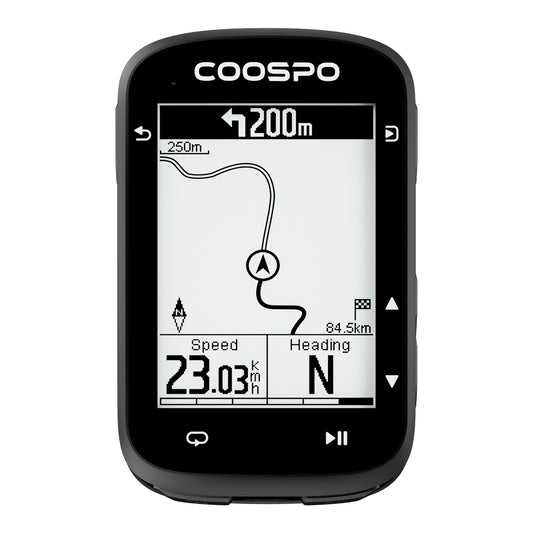

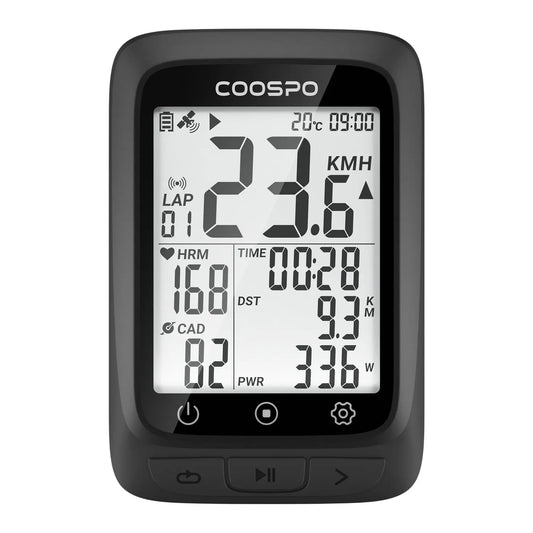
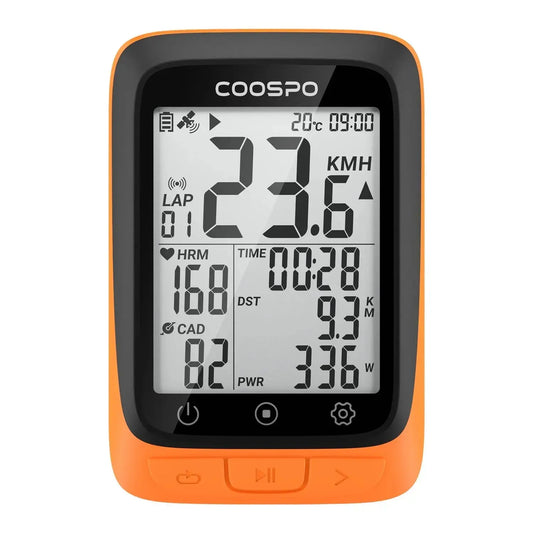
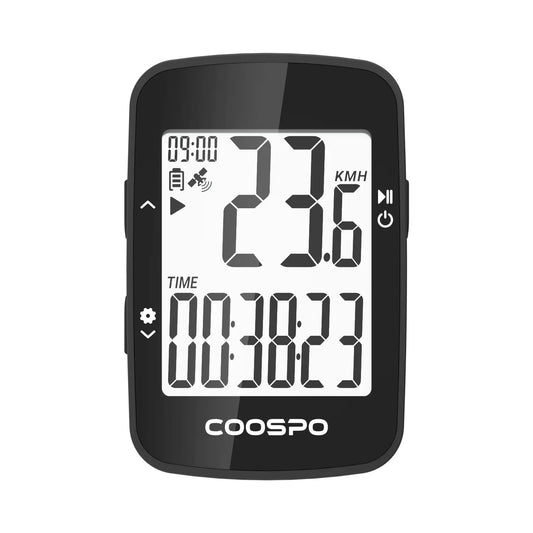
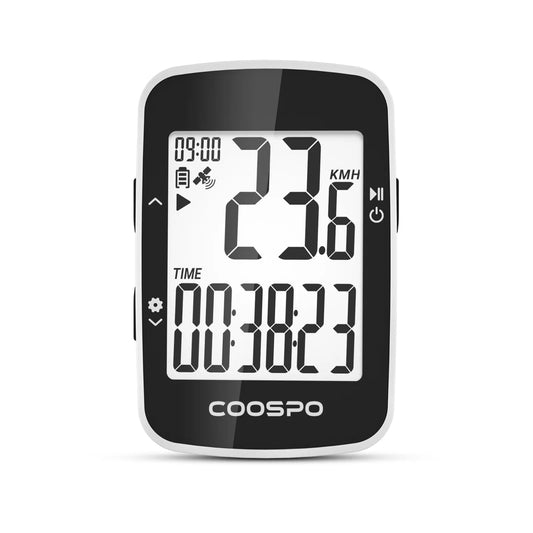
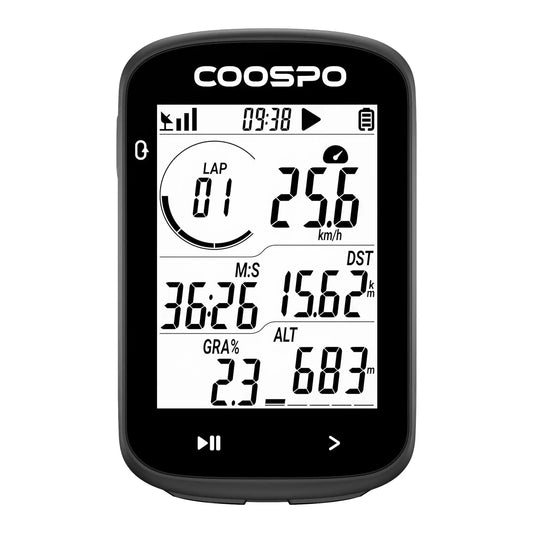


1 Kommentar